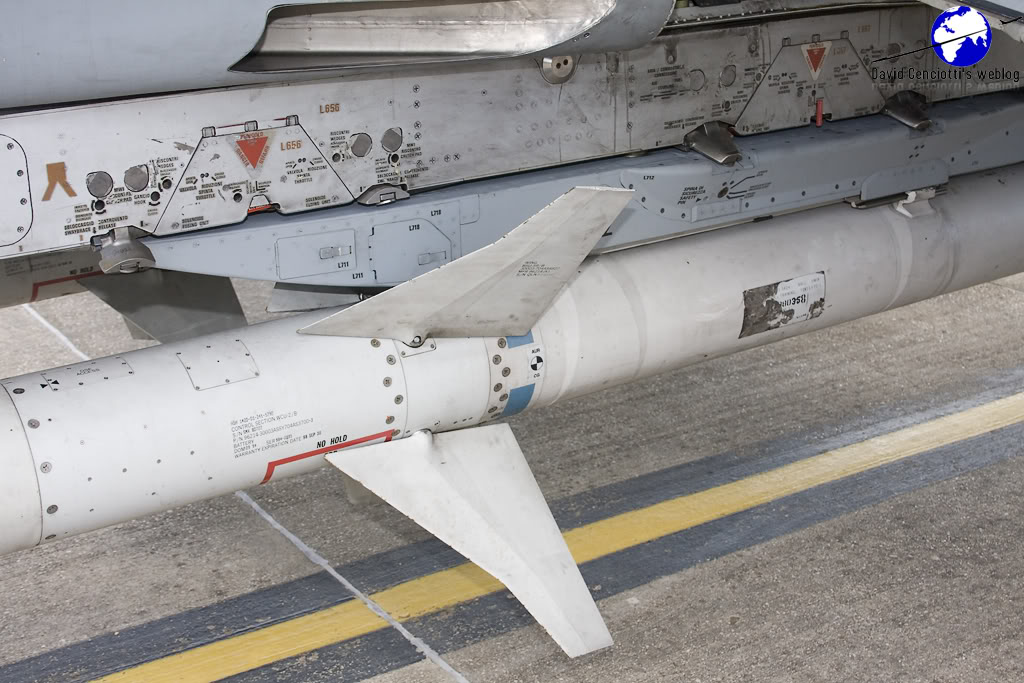
The incident happened during a tactical display at the Base Aérienne 709 Cognac. Both managed to land.
Two Armée de l’Air & de l’Espace Rafale C fighter jets were involved in a mid-air collision on May 22, 2022, during the airshow which was taking place at the Base Aérienne 709 Cognac/Châteaubernard, France. The aircraft were flying the tactical display of the Vautour Bravo team when, at about 12:40 local time, for causes being investigated, they made contact.
According to the few available info, the two Rafales were rejoining the formation after a high speed pass over the airbase and a formation break Even if they sustained structural damage, both aircraft were able to land safely.
Some leaked photos show that one of the aircraft involved was the “Rogue Spartan”, the special color prepared by the Escadre de Chasse 3/30 “Lorraine” from the Base Aérienne 118 Mont-de-Marsan for the NATO Tiger Meet 2022. The aircraft also won the Silver Tiger Trophy, the most important award handed out during the exercise, as well as the Best Tiger Aircraft award.
The photos clearly show the damage to both aircraft. The “Rogue Spartan” lost in the collision the top of its vertical tail fin, which fell in a nearby village about eight kilometers from the air base and was recovered by civilians. The aircraft also sustained some lighter damage to the left wing and wingtip missile rail.
The second aircraft, wearing the standard low-visibility livery, presented damage and scratches to the right side of the fuselage, as well as a severely bent canard. A Radar Warning Receiver antenna of the Spectra (Système de Protection et d’Évitement des Conduites de Tir du Rafale or, in English, Self-Protection Equipment Countering Threats to Rafale Aircraft) electronic warfare system on the right air inlet.

Photos posted on Twitter also appear to show the moments immediately following the mid-air collision, with the debris falling to the ground.
#rafale #meeting #cognac #abordage Voici les images de l’impact, 12:37:09 sur mon boîtier, 200 mm + doubleur. J’étais loin, au niveau du Fouga de Jack Krine, croyant d’abord à des oiseaux en observant les débris dans le ciel @Armee_de_lair @charentelibre @sudouest pic.twitter.com/3tO2G2aP4W
— Un jour, une photo (@oneday_onephoto) May 23, 2022
“During their tactical presentation, two Rafales from the 30th Fighter Wing touched each other in-flight,” said to reporters Colonel Nicolas Lyautey, commander of the Cognac-Châteaubernard. “One of them lost a piece of its tail fin, which damaged the roof of a house during its fall.”
The Bureau Enquêtes Accidents pour la sécurité de l’aéronautique d’État (Bureau of Accident Investigation for the Safety of State Aeronautics) has now opened an enquiry to discover the causes of the collision between the two fighter jets. “A rare thing”, added Colonel Lyautey. “In aviation, there is only one priority: safety. We have to understand what happened”.
As David Cenciotti explained in a previous post here at The Aviationist:
“There is always the risk of a midair collision when two (or more) aircraft fly close to each other. Even if some collisions in the past took place because of failures or during engaments, air-to-air combat maneuvering, many (more) have occurred as perfectly working aircraft were rejoining the formation.
That phase of the flight can be extremely dangerous, especially at night: the two pilots, flying in a tactical spread formation, have to tighten the formation. The lead aircraft is reached by the wingman, with the latter initially forced to keep a higher speed (otherwise it would not reach the leader) and then to suddenly reduce his speed to match the leading plane’s airspeed. A distraction can be fatal.
And don’t forget how close the aircraft fly from that moment until landing: once again, a sudden move, a distraction, hence a human error could cause the midair.”



